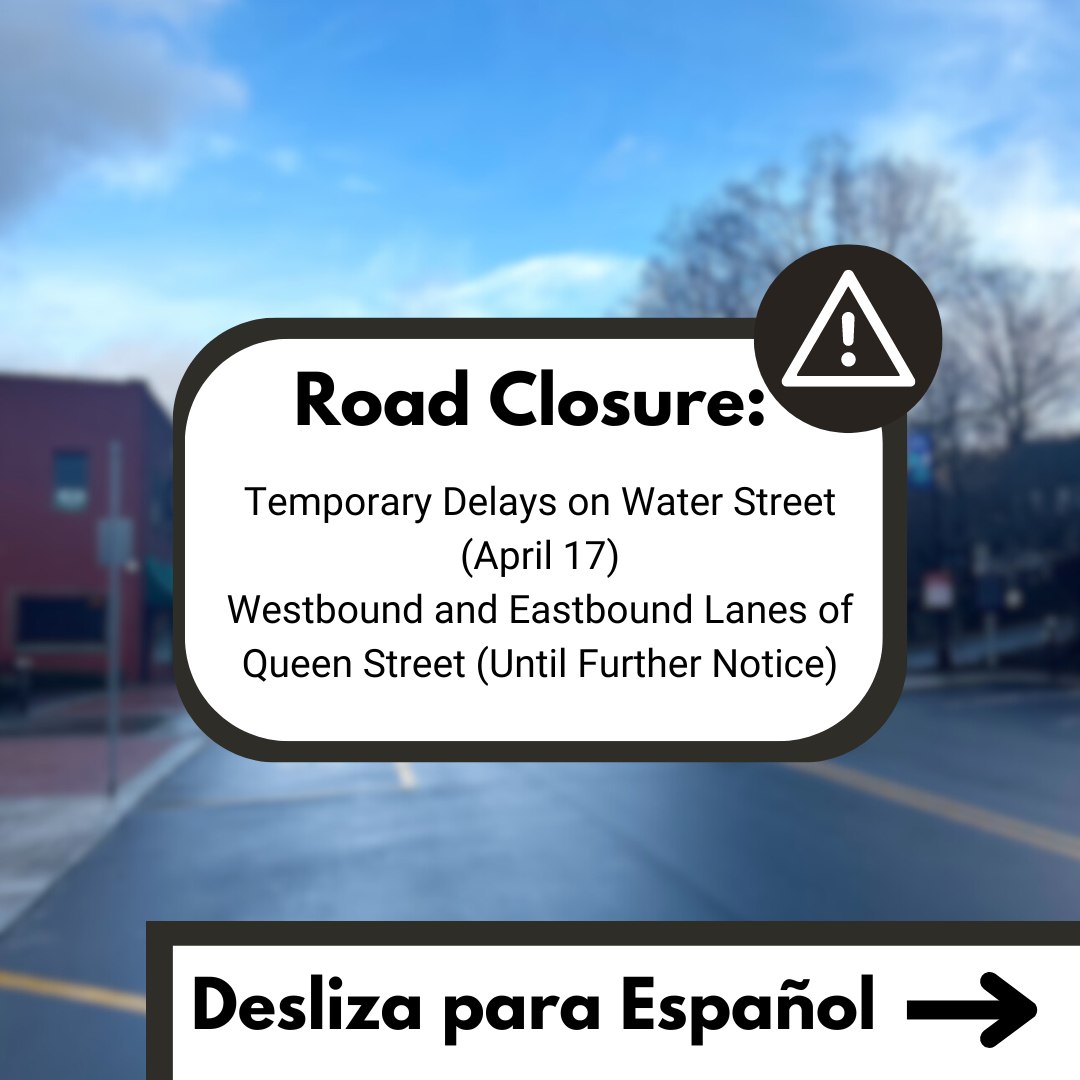Last Updated on August 27, 2017 4:46 pm
RALEIGH — Fescue is a popular cool-season grass that is grown in many parts of the state, with major growth happening between September and June. For this reason, fertilizer applications, especially nitrogen, are concentrated in the fall, winter and early spring.
“Now is an excellent time to test, because the turnaround time for test results is about one to two weeks,” said Jagathi Kamalakanthan, an agronomist with the N.C. Department of Agriculture and Consumer Services soil testing lab. “Having these test results in hand will allow you to identify the best fertilizer to coincide with active fescue growth. The soil pH may also need a boost by applying lime to ensure roots grow well and plant nutrients are readily available.”
Unlike fertilizer, lime can be applied at any time during the growing season, but now is an ideal time as fescue begins its growth. Lime should only be applied according to a current soil test, so be sure to test before applying unnecessarily. Best results will occur with applications followed by aeration in established lawns or before tillage if renovating or establishing grass. After lime is applied and fully reacted, the pH should be stable for two to four years, depending on soil type.
The other critical piece of information on the soil report is the fertilizer recommendation, Kamalakanthan said. If the soil test identifies a need for phosphorus and potassium, an appropriate fertilizer containing these plant nutrients is given. This same fertilizer will also supply nitrogen, which stimulates growth. The fertilizer recommended should be applied at the suggested rate in September, November and February. “An easy way to remember this schedule is to mentally associate it with the holidays – Labor Day, Thanksgiving and Valentine’s Day. This schedule should be repeated every year,” Kamalakanthan said.
Remember that the amount of fertilizer or lime applied to a given area is important; this is referred to as the rate of application. All lime and fertilizer rates are given in pounds per 1,000 square feet. It is important to follow the recommendations because over-application can be harmful to the environment. Also, protect the environment by sweeping up any lime and fertilizer applied to impervious surfaces, such as driveways and sidewalk, and apply it back to the lawn.
Retest your soil every two to four years to get updated lime and fertilizer recommendations. Sandy soils should be tested at two years and soils with more clay, every four years, unless there are growth concerns. “To test the soil, collect a sample of soil that is representative of the area you want tested, and then make sure you submit enough soil for analysis,” Kamalakanthan said. About a pint of soil is a good rule of thumb for submission.
TheNCDA&CSAgronomic Services Division provides information on collecting and submitting soil samples at www.ncagr.gov/agronomi/pdffiles/samhome.pdf. A pictorial guide to collect and submit soil samples is also available at www.ncagr.gov/agronomi/pdffiles/HomeApr2014.pdf.















